 A single restaurant can produce approximately 25,000-75,000 pounds of food waste each year – or for perspective, nearly the maximum weight capacity of a semi truck. That waste eats into your profits – and while restaurants have been adopting more tools to minimize waste, as well as forging more partnerships to find uses for excess food, most restaurants still have room to improve their waste monitoring and management. That’s particularly true as restaurants stretch to operate with smaller staffs at the moment. Tracking waste can easily slip in the midst of a busy Friday night dinner shift. But consider it one of the key steps you take to get a handle on your costs in 2023 – and even small steps can help you make progress. Tony Smith, cofounder and CEO of Restaurant365, advises restaurants use a food waste log to quickly record food waste when it happens – the who, what, how and why – and then analyzing it later. It can be a digital document or even just a spreadsheet hanging in the kitchen. The log can provide a starting point you can use to track patterns in waste that then dictate changes you need to make to operational tasks as varied as planning your menu, determining serving sizes (and if you need to adjust sizes or upcycle an item in an effort to upsell it) training your team, or adjusting food orders. From there, comparing your theoretical and actual food costs on a regular basis and focusing first on the areas where they are farthest apart can help you minimize your biggest pain points when it comes to food waste.  For restaurants, wasted food and packaging mean wasted money. But it’s prudent to think beyond the financial. When restaurants can find inventive ways to reduce their waste, they benefit from not only cost savings but also elevated brand loyalty. Case in point: Taco Bell recently expanded upon its existing relationship with the recycling company TerraCycle. Through the partnership, Taco Bell customers can download a prepaid shipping label and send their used hot sauce packets – from any brand – to TerraCycle. The company then cleans and melts the packets down into hard plastics that are used to make new products. For Taco Bell alone, sauce packets amount to significant waste: The brand says it goes through about eight million packets annually and it now aims to make all of its consumer-facing packaging recyclable, compostable or reusable by 2025. Restaurant Business reports that when consumers send in their used packets, they can earn points that can be donated to a nonprofit, school or charity of their choice. Much like how a consumer buying an item from Amazon can direct a portion of proceeds from the purchase to their chosen charity, Taco Bell is making it easy for customers to give back – and to also feel good about buying a meal from Taco Bell. As you look for ways to reduce your waste – whether that includes excess food, takeout packaging or something else – how can you ensure your efforts have positive effects beyond your brand? Doing so may have an even more positive impact on your brand than it would have otherwise. 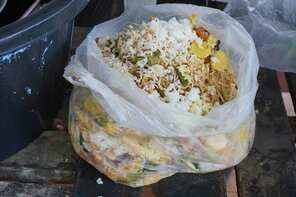 Environmental, social and governance standards (ESG) are fast becoming must-have pillars of responsibility for organisations across industry sectors. These standards generally tie a company’s corporate compensation to performance metrics in areas including environmental impacts and workforce diversity. A number of brands in the restaurant industry have publicly shared their ESG standards. Most recently Papa John’s, but also Starbucks, Wendy’s, Chipotle and McDonald’s have made announcements tying their corporate compensation to ESG goals. Across sectors, ESG standards tend to give brands some environmentally friendly luster with investors and consumers, even though they aren’t perfect indicators of how environmentally friendly a company may be. (As a recent report from the Harvard Business Review stated, “ESG ratings are based on…the impact of the changing world on the company’s profits, not the reverse.”) Regardless, ESG standards are increasingly shining a spotlight on what brands are – and aren’t – doing with regard to the environment and social responsibility. Even if you don’t have formal ESG standards, it’s prudent to look at what other brands are saying about their practices and consider what commitments you can make to reduce waste, offer sustainably sourced items on your menu, adopt environmentally friendly products and practices, and improve efforts at diversity and inclusion. Your guests and potential staff are watching – and you have an opportunity to attract them through your actions. 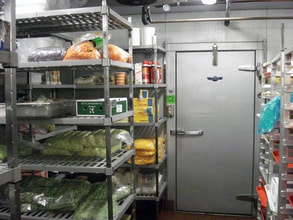 Rare, difficult-to-source ingredients are so 2019. At a time of high inflation, supply-chain strain and increased awareness of carbon footprints, it has become far more fashionable – and yes, far more necessary – for restaurants to take a pantry-to-plate approach. That means creating mindful menus that make the best use of ingredients you have in plentiful supply each season. Most items you order should be workhorse ingredients with a range of applications – as the star of one dish and a supporting player in another, for example, or as a reliable contributor of depth, texture or nutritional content in a variety of dishes. As an extension of that, now is a good time to review your portion sizes, find creative ways to use every part of an ingredient, and repurpose any leftovers into interesting specials. Food waste costs the hospitality industry over $100 billion a year, and more than 70 percent of that waste occurs before it even reaches a guest’s plate. Adopting tools that automate your inventory management, ensure you’re spending money on the best-value ingredients available, and precisely measure the size of a portion can help you ensure you’re not leaving money on the table.  Even in the best of times, restaurant margins are thin. Challenges related to the pandemic, labor, food prices and the supply chain only place additional strain on them. But the good news is that there are a number of steps operators can take to cut costs without taking anything away from the guest experience. First, ease supply chain-strains by ensuring your inventory goes as far as possible. Encourage precise ingredient measurement across your menu – Modern Restaurant Management advises operators to measure ingredients in grams vs. ounces for a more precise result. Take stock of your energy use and find ways to use it more efficiently – by turning equipment on only at the time it is needed, using energy-efficient lighting, and adopting technology to monitor your appliances so you can be alerted and act quickly if something isn’t working as it should. Be just as mindful of food waste. To avoid having usable food scraps tossed out, Restaurantowner.com suggests eliminating trash cans in the kitchen and giving each kitchen employee a clear box with their name on it where they can place food scraps so managers can minimize food waste being generated from the kitchen. Where possible, consolidate purchases with a single supplier to gain leverage in purchasing agreements. Finally, make the most of the staff you have by scheduling people in accordance with your anticipated sales and traffic each week – your schedule should not be on autopilot 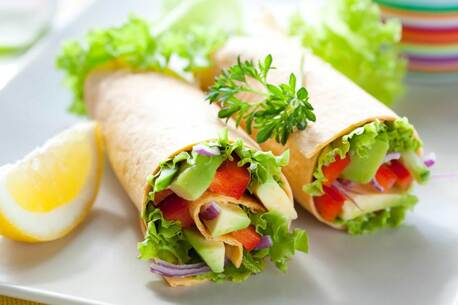 At a time when everything from labor shortages to supply chain kinks are posing challenges for operators, doing anything you can to manage and minimize waste is especially important. To be sure, there are plenty of tech-driven solutions designed to help prevent over-ordering supplies, measure ingredients, condense leftovers and reroute excess inventory – but a number of simpler solutions exist that restaurants can start using today. Most of them have to do with skewing small when it comes to portion size and accommodating size preferences. For instance, you can offer a choice of portion sizes and provide smaller container sizes of any refillable items. Make sure that whatever side dishes or even garnishes you’re serving are ones the guest has chosen, so you’re not perpetually throwing away the potato chips and coleslaw you have always served with your sandwiches. Pricing items à la carte can help. The National Restaurant Association also suggests offering guests the option of splitting an entrée or having part of it wrapped to go before it is served. To help minimize waste once your meals have left your establishment, you can provide reheating instructions on food packages to-go to ensure the meal retains its quality as much as possible when eaten as leftovers. While COVID-19 has expedited a great number of advances for the restaurant industry, it has also forced a notable regression for many operators with regard to packaging. Pre-pandemic, reusable containers and recyclable or compostable packaging had been a key area of focus for restaurants. But concerns about safety, efficiency and cost in the past year have made many operators scale back on those efforts and even revert to the use of plastics and Styrofoam to accommodate off-premise orders. As we emerge from the pandemic, your packaging should be ready to carry some extra weight: It should minimize waste, demonstrate your brand values, steer customer behavior and uphold pandemic-era safety and sanitation precautions at a time when off-premise dining continues to comprise an outsize portion of overall restaurant sales. For example, as Nation’s Restaurant News reports, Just Salad has launched a “zero-waste” reusable bowl packaging option for customers who order online. (The reusable option had been offered for years but not for online orders.) Customers return their bowl to the store for sanitation and reuse. Not only does it save the business on the cost of disposable packaging, but it also elevates the brand’s environmental values: Many consumers want to support the environmentally friendly option when they order food online – if they have such an option and it also preserves safety. In a recent paper from McKinsey & Company about U.S. consumer attitudes towards sustainability in packaging, the company advised operators to keep three tenets in mind regarding packaging: Make sustainable packaging available and apparent to customers, adopt an experimental approach to options and communicate about them clearly, and also bear in mind COVID-19 protections for hygiene and food safety. Does your packaging meet those criteria?
This year has demonstrated the power of managing your inventory like a pro. As operators have had to shift to offering takeout only, inventing new business models, partially opening their dining rooms, and responding to evolving consumer habits all within the space of days or weeks, they have had to ensure their inventory can keep pace. The next several months could bring even more ups and downs for restaurant businesses, so what is the best way to ensure you’ve got enough (but not too much) of the right ingredients at the right time, when you your traffic may be difficult to predict? Befriend your freezer and stock it with batches of foods ranging from soups to sauces to vegetables in an effort to extend your inventory and minimize waste. Prepare some extra portions of frozen meals that can be promoted and sold individually to guests – or offer a promotion to dine-in guests who may want to purchase extra portions of their favorite fresh dishes. Consider brining vegetables as shelf-stable (and on-trend) side dishes – and preserve fall fruits in dried form or in sauces or chutneys. If you have operated as a grocerant in recent months, keep it going. Do a detailed assessment of each item on your menu to confirm its actual cost to make sure you’re minimizing waste and maximizing profit.
As if it wasn’t important to know your true food costs before the pandemic, it’s all the more crucial now as many restaurants around the country are having to operate at a reduced capacity, rethink their menus and determine where to best allocate diminished resources. By getting an accurate handle on your waste, over-portioning, theft and even the shrinkage of ingredients, you can see what menu items are really costing you – then adjust your promotions so you encourage guests to select your highest-margin items. A recent webcast from Restaurant365 reinforced the power of tracking actual vs. theoretical food costs as a means of accomplishing this. Theoretical food costs are what your food costs should be based on the cost of your ingredients, while actual food costs are what your restaurant actually spent. There will be variance in those numbers, but getting a more precise understanding of where it comes from can help you minimize it. While there are a number of places to focus to help cut waste, it can be most helpful to analyze your individual ingredients and identify those with the greatest cost variance. Drilling down like this can help you zero in on what needs attention or adjustment, whether it’s your portion control of a certain dish, the prices you are getting from a supplier, or the need for a substitute dish on the menu.
What would it take for your restaurant to eliminate its trash cans? While it may seem like an impossible feat for a business that churns through goods ranging from food products to linens to cleaning supplies each day, thinking about how you might operate if you didn’t have trash cans – at least in the traditional sense – might help you rethink how your operation manages its waste. A recent article in the New York Times relates the stories of a Brooklyn restaurant, Rhodora, which has strived to become a “zero-waste” business in recent months. While its owners readily admit that its practices aren’t perfect, it has taken important steps – largely with suppliers and within its kitchen – to make it possible to winnow its waste down to nearly nothing. With consulting help from other restaurant operators who have minimized their own waste, Rhodera’s owners have researched and switched to suppliers that deliver (by bicycle) bread, eggs and pickled vegetables in reusable containers, and others that have ditched plastic wrap and committed to packaging foods in compostable materials. In the kitchen, they have introduced tools including a shredder that turns wine boxes into compostable material. As a result, they are able to save money and share a positive story with their eco-conscious clientele at a time when food waste is costing restaurants $2 billion in potential profits, according to the USDA. If you’d like to take a bite out of the waste your restaurant generates each year, there are many potential actions you can take, including and beyond packaging and composting. Consider these steps from Toast as a starting point.
|
Subscribe to our newsletterArchives
April 2024
Categories
All
|
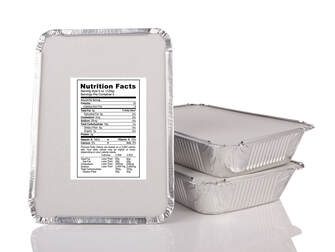
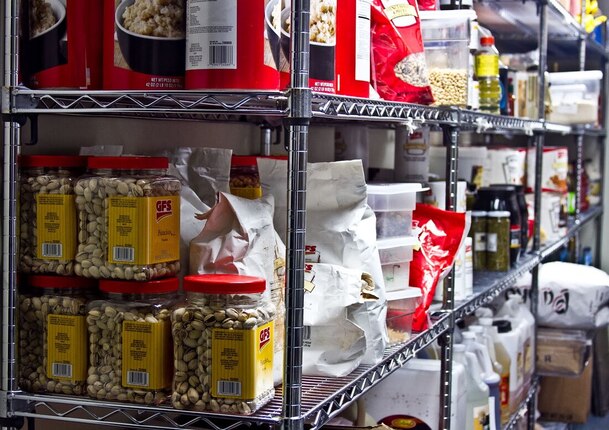

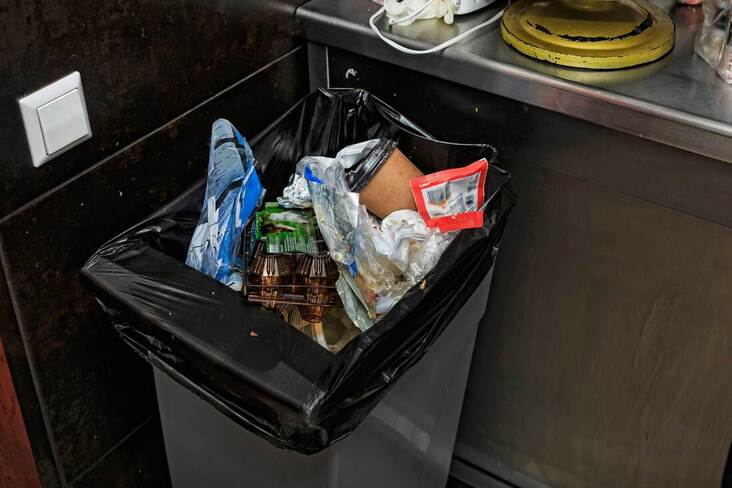

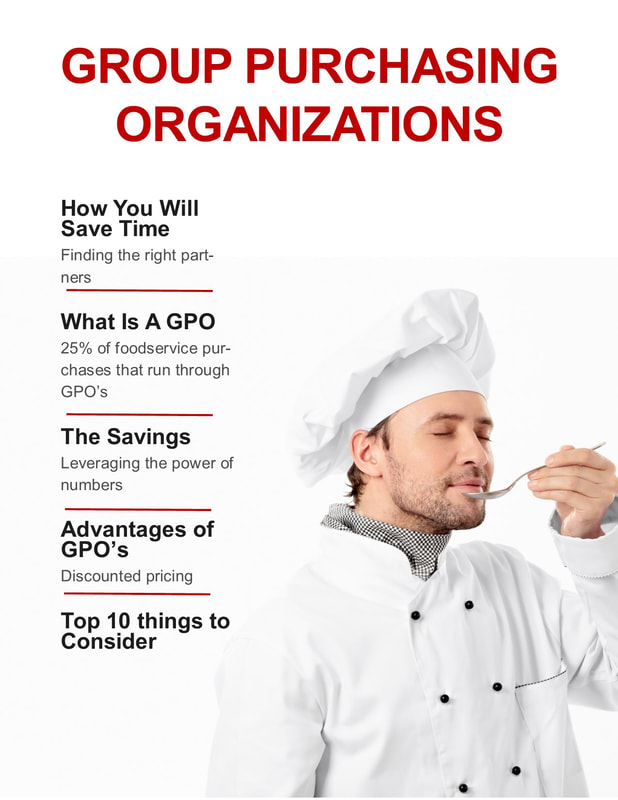

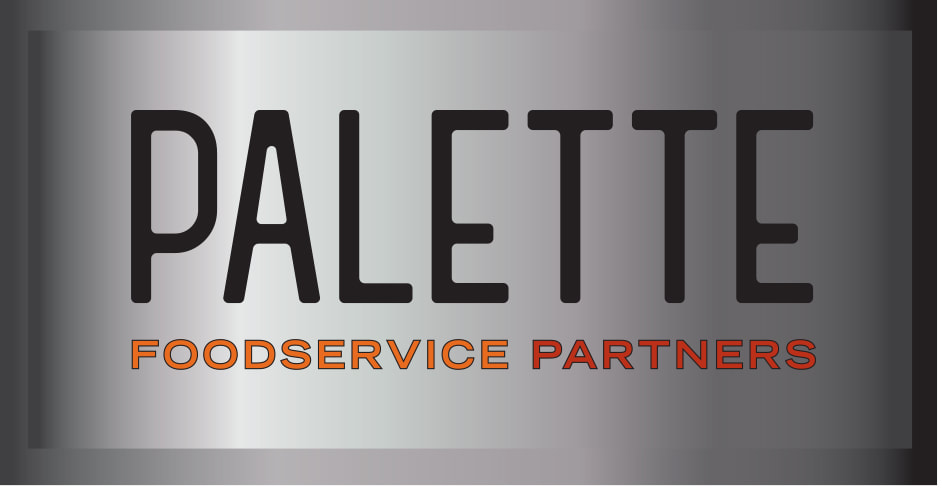
 RSS Feed
RSS Feed